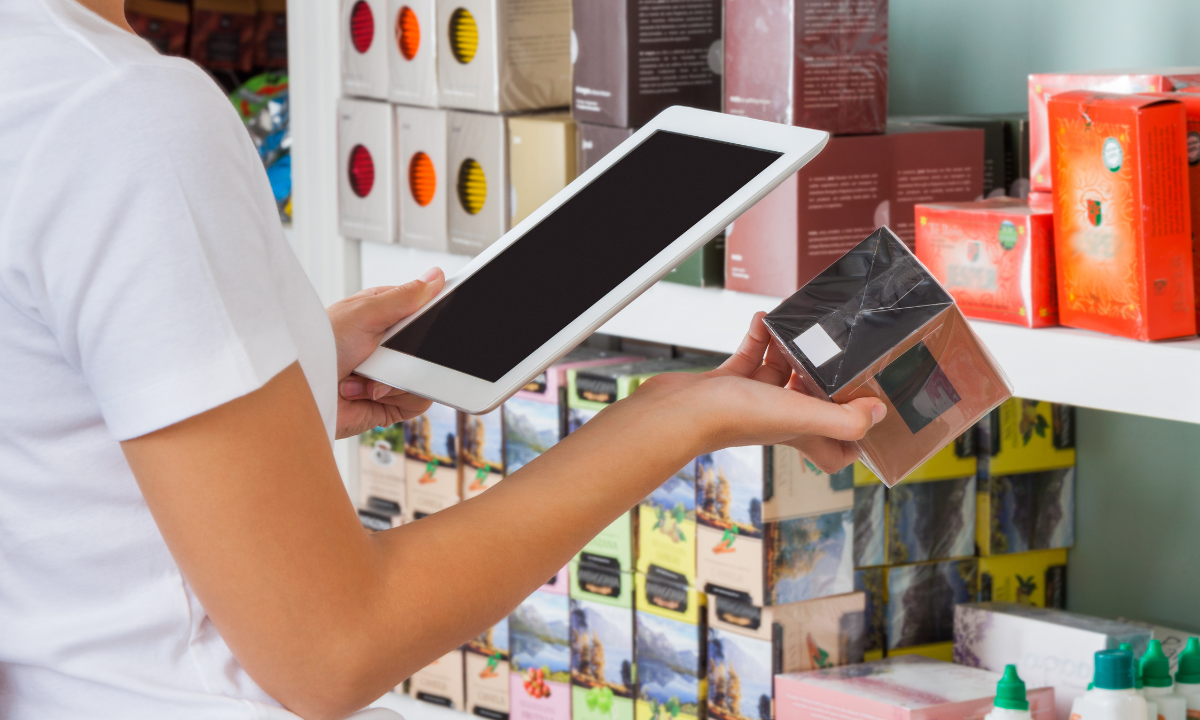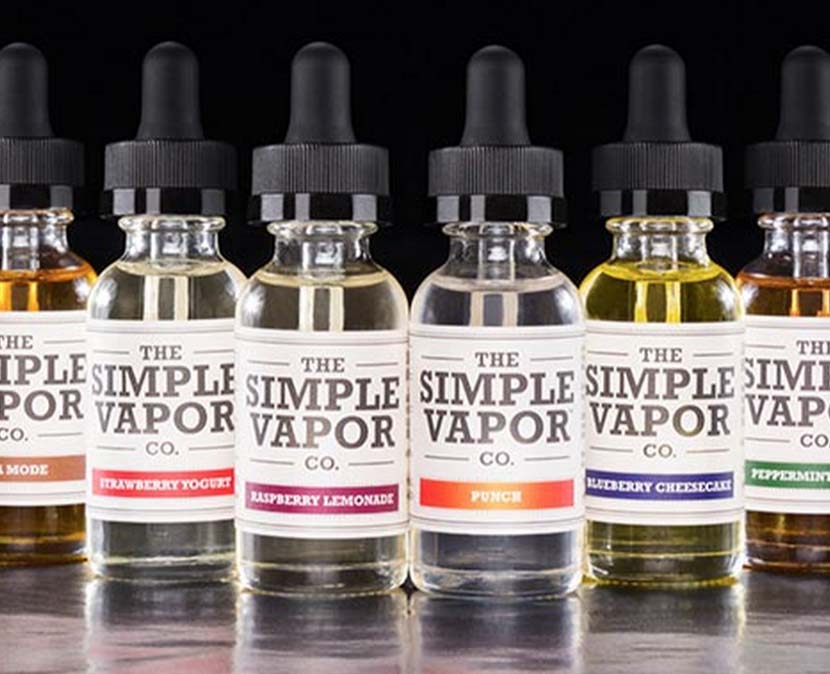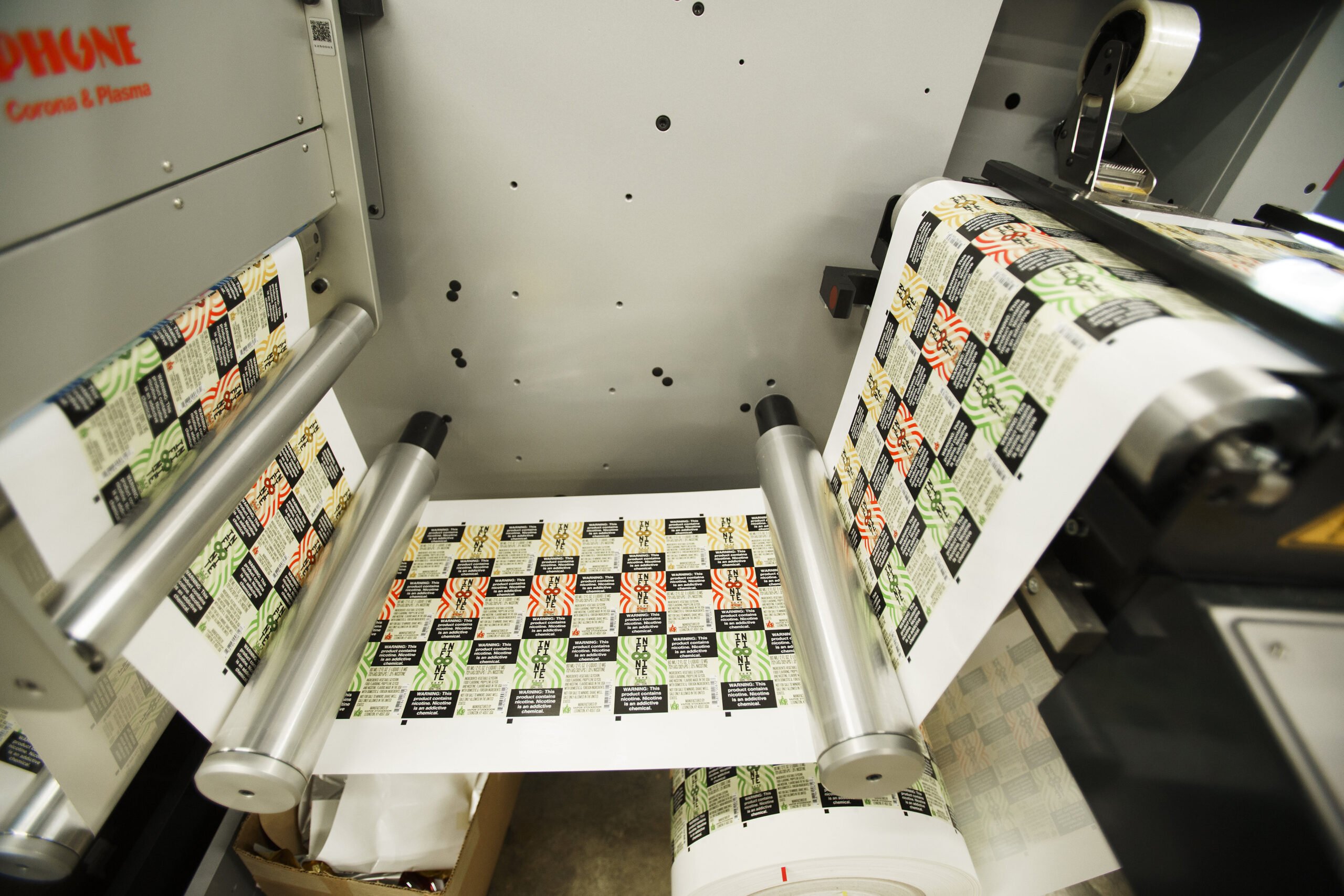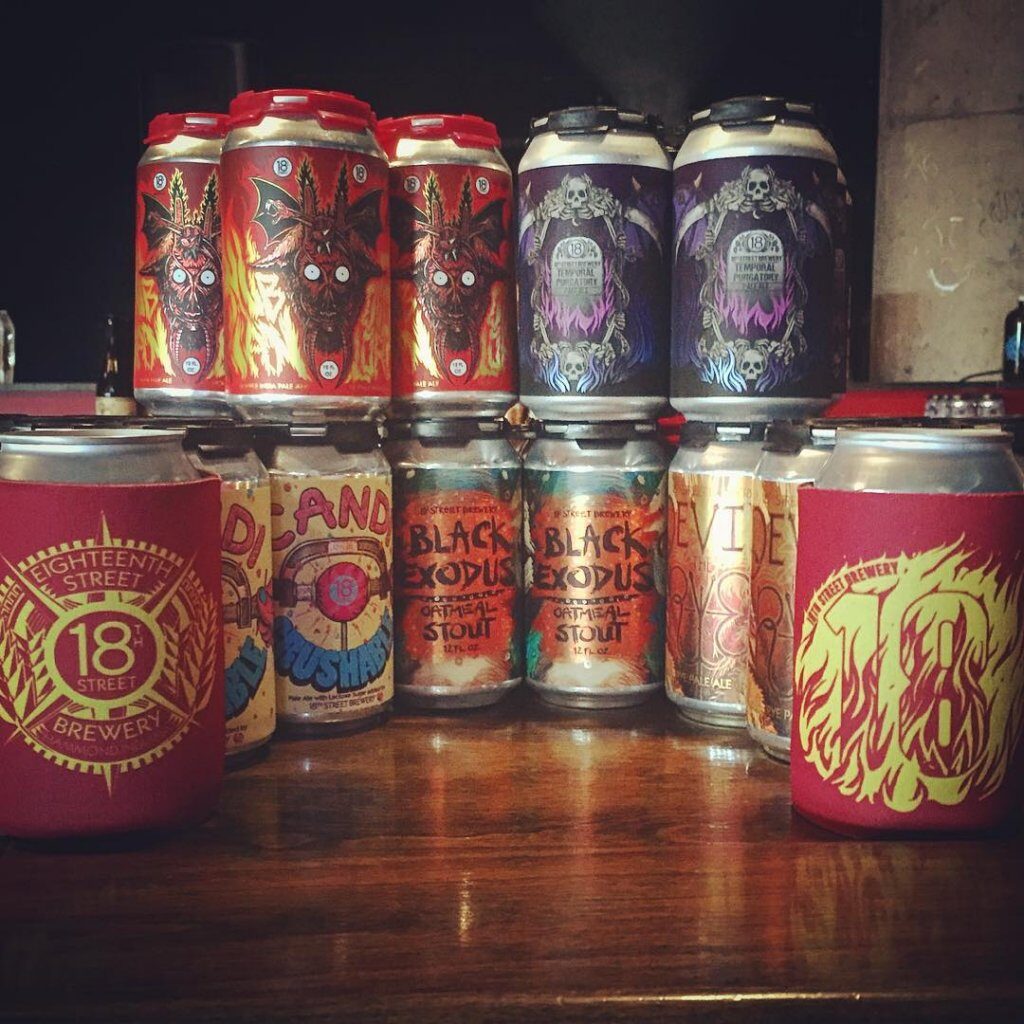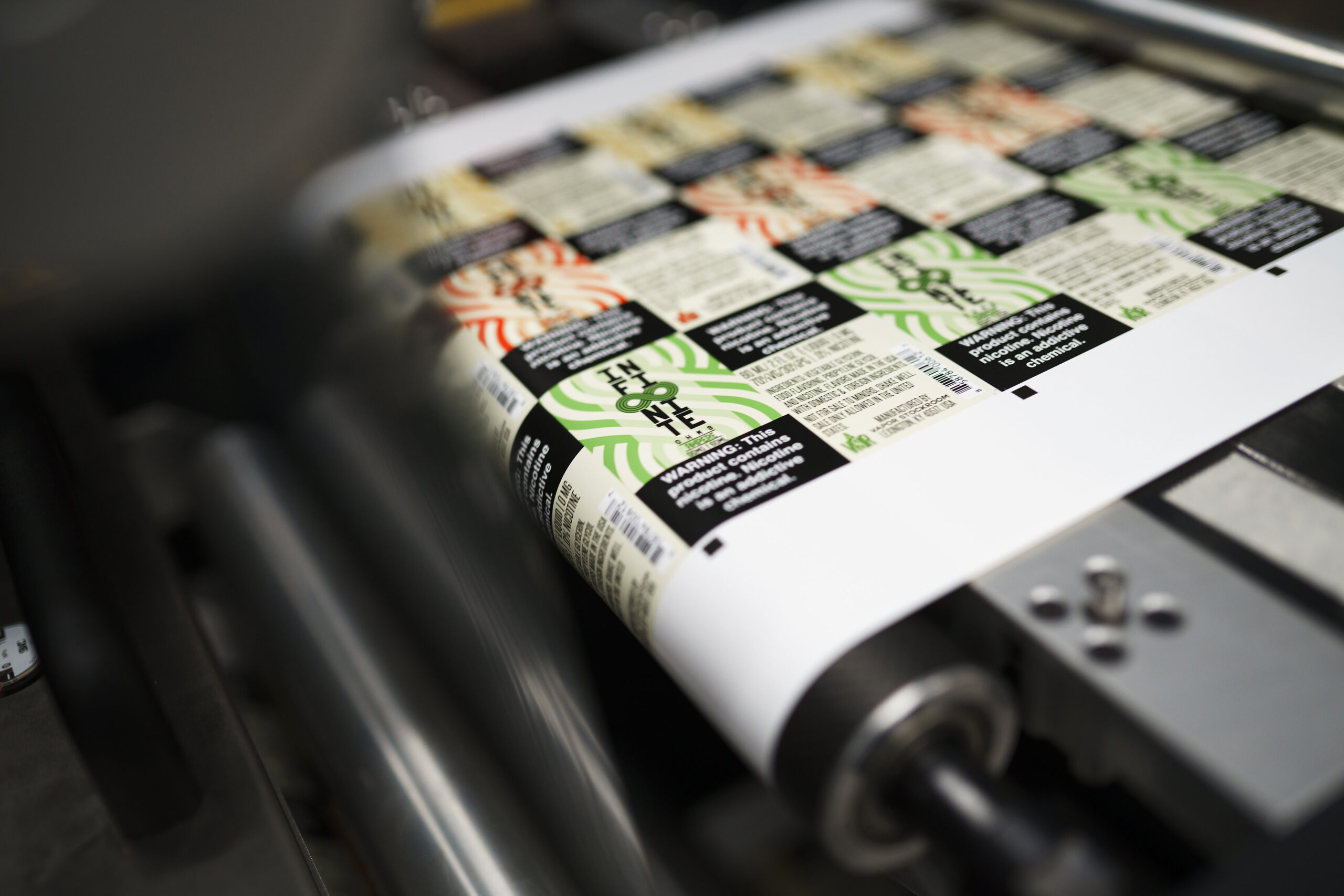What Is Variable Data Printing And When Is It Used for Product Labels
Is your company considering launching a customized marketing campaign to attract a unique audience? Or are you looking to diversify your product varieties with new flavors, scents, or seasonal editions?
Using variable data printing for product labels is a cost effective solution that helps you do this at a large scale. Here’s what to know about the kind of data it can print and when you can use it for product labels.
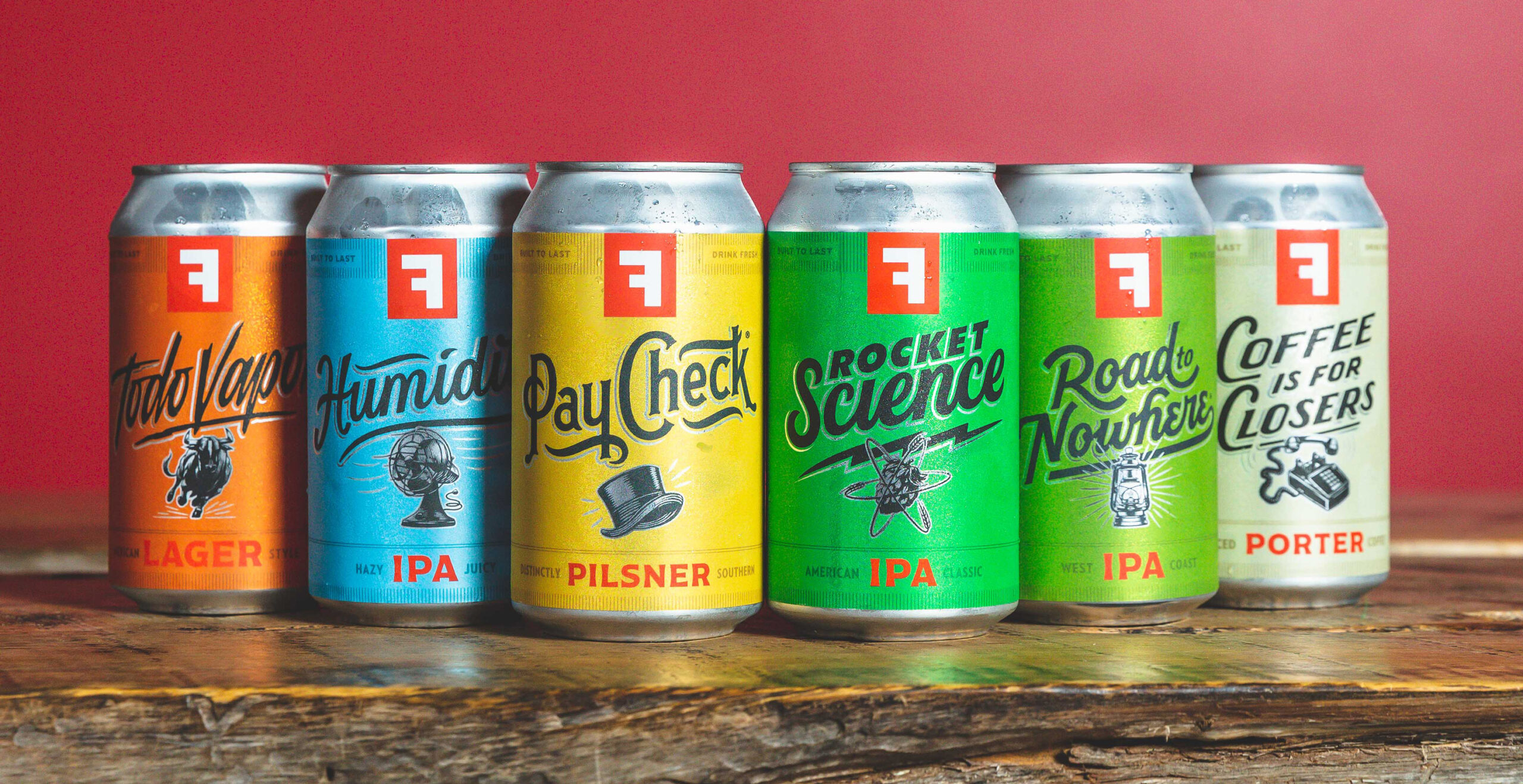
Understanding Variable Data Printing
In variable data printing, you can change elements of your label, like graphics and text, without changing the equipment. One well known implementation of variable data printing is Coca Cola’s Share-a-Coke campaign with personalized bottles and cans.
The process requires all variations in text and imagery ahead of time. This data is compiled into a database and spreadsheet, and is fed to the label printing software. The digital press pulls text and graphics from the data and prints variations in sequences.
While you can change the text and graphics, all labels in a run should be the same dimensions to be able to use variable label printing.
Take a wellness brand selling essential oils, for example. Each bottle may need a different label based on whether it’s lavender, tea tree, eucalyptus, or peppermint essential oil. With variable data printing, you can print labels with different colors, graphics, and names for each type of essential oil without changing the equipment in a printing press.
Now, take this concept and apply it to other product lines. From craft beer and skincare to artisanal coffee and CBD, the applications are endless.
Types of Variable Data Options
With variable data printing, you can print different types of data.
- Barcodes: With variable data printing, each product can have a unique code, improving inventory accuracy and enhancing supply chain efficiency
- Serial Numbers: Using this technology for serial numbers allows companies to track products easily, making warranty management and theft prevention more effective
- Batch And Lot Numbers: Unique batch and lot numbers improve traceability so companies can ensure swift recalls and quality control in case of safety issues or contamination.
- Manufacturing and Expiration Dates: Printing variable manufacturing and expiration dates on the label helps your brand comply with food safety regulations.
- Regional Pricing Information: You can customize pricing by region using variable data printing, ensuring that you comply with pricing laws.
- Promotional Codes: Printing unique promotional codes help your business track marketing campaigns, boost customer engagement, and plan personalized promotions.
- Product Variation: Using variable data printing for product variations streamlines label customization. You can ensure accurate information for each version and reduce errors.
- Regulatory Information: You can print regulatory information on products to meet local compliance standards and reduce the risk of penalties and fines.
Applications For Variable Data Printing
Here are some of the most applications for variable data printing across different industries and business models:
Limited Edition Products
If your brand plans on creating limited-edition designs for an upcoming event or season, variable design printing helps you do this quickly. While traditional printing requires large batches to keep costs down, variable data printing allows you to print smaller batches of limited-edition product labels without eating up a big chunk of your budget.
Meeting Regional Regulatory Requirements
For companies operating in the food, pharmaceutical, and electronics industries, regulatory requirements can differ between regions. Because traditional printing creates identical labels in bulk, you can’t accommodate dynamic changes based on different geographical locations. Meanwhile, variable data printing allows you to include different safety and warranty labels based on where the product is going.
Selling In International Markets
Speaking of different regions, expanding to different markets means dealing with language barriers, too. This means printing labels with instructions, food allergy details, and other information in different languages, too. Though English is commonly understood, many regions have a preference for their local language. And customizing labels with each region’s native language is a great way to ensure that your product is well-received by the local public.
SKU Management
If your brand offers different product lines like flavors or scents, variable data printing makes it easier to create multiple variations. That way, you can print labels for multiple variations in smaller orders instead of one large batch.
Promotional Codes
During special promotions where your brand hosts competitions with prizes or offers discounts on complementary products, unique codes or images are printed on the label. With variable data printing, you can implement changes quickly without dealing with the expenses of equipment changeover fees. You’ll be able to track consumer preference and response to your initial batches before deciding to print more.
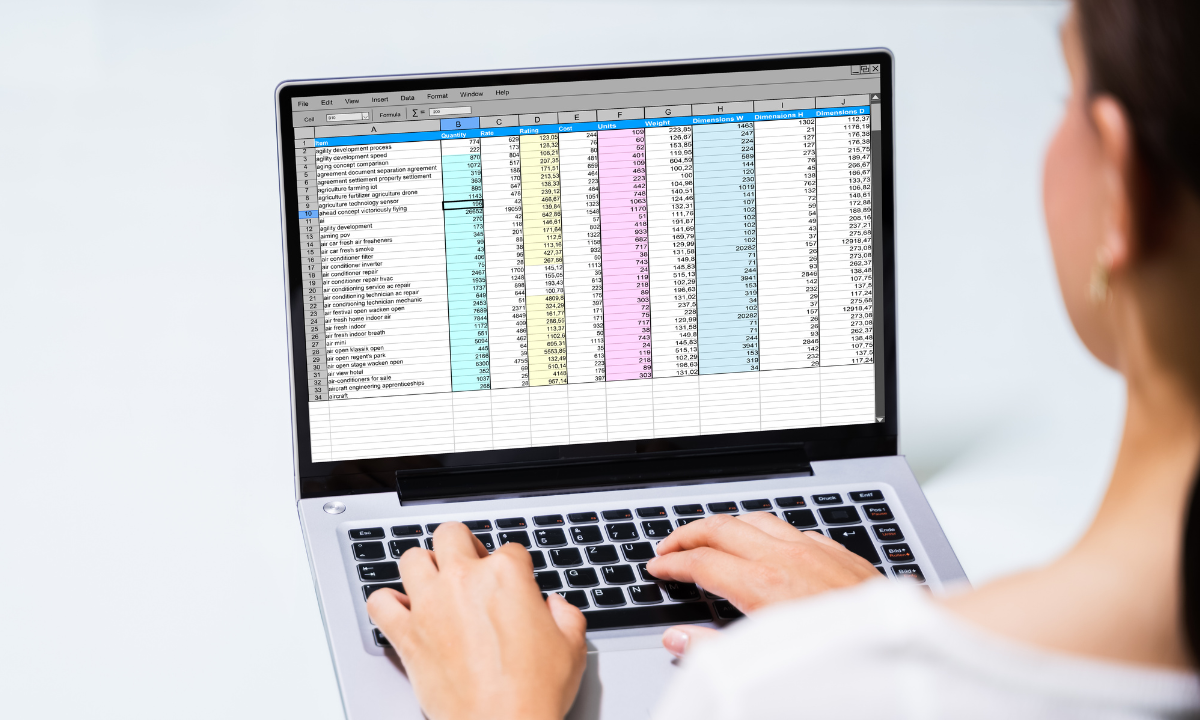
Types Of File(s) A Label Printer Needs To Perform Variable Data Printing
Because the variable data printing process differs from traditional printing in more than one way, you can expect to need different file types.
- CSV or Database Files: Label printers need CSV or Excel files that contain variable information. This could include the name of a product variety, ingredient information, food safety information, and more.
- PDF Files: You can set up PDF files with dynamic fields for variable data printing. The file will have interactive fields that pull data from external sources, like a spreadsheet.
- .AI Files: When using label design software like Adobe Illustrator, templates are saved in its proprietary format containing placeholders for different data. Then, the variable data can be derived from a database or spreadsheet to fill in placeholders.
Choose Variable Data Printing For Cost-Effective And Efficient Label Solutions
To sum it up, variable data printing gives brands a seamless way to integrate dynamic data into labels without changing the equipment. From labeling products in different languages to creating new varieties, there are various applications for variable data printing.
If you want to start printing your product labels with variable data printing, contact our team at Blue Label Packaging to get a free quote.
